On View
What Happens When an Exhibition Has 11 Curators? Here’s a First Look at the Gwangju Biennale, Asia’s Largest Contemporary Art Biennial
See highlights from the exhibition "Imagined Borders" in Gwangju, South Korea.
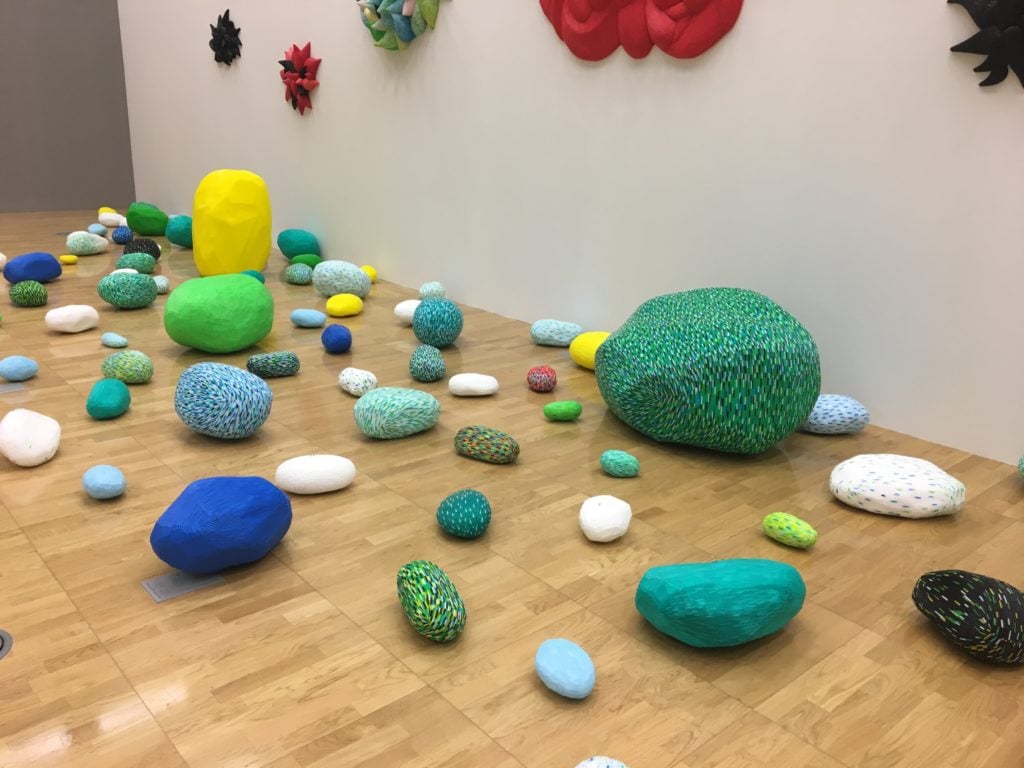
See highlights from the exhibition "Imagined Borders" in Gwangju, South Korea.

Hili Perlson

The 12th edition of the Gwangju Biennale, billed as Asia’s largest and most prestigious contemporary art biennial, opened in South Korea on September 7 under the title “Imagined Borders.” However, this title is in fact more of an overarching theme uniting a cluster of seven exhibitions, each curated by one or more of the total of 11 curators involved. Each one could merit a lengthy review of its own.
The international list of curators includes Clara Kim, a senior curator of international art at Tate Modern, whose section focuses on the legacies of Modernist architecture, and Christine Y. Kim and Rita Gonzalez, both from the Los Angeles County Museum of Art, who co-organized a section looking at post-internet art from places where access to the World Wide Web is restricted or censored.
Other exhibitions are curated by Gridthiya Gaweewong, the artistic director of the Jim Thompson Art Center; Chung Yeon Shim, an associate professor at Hongik University; Yeewan Koon, an associate professor at the University of Hong Kong; David Teh, an associate professor at the National University of Singapore; Man Seok Kim, a curator and archivist; Sung Woo Kim, a curator at the Amado Art Space in Seoul; Chong-Ok Paek a curator at the Research Institute of Art Ecology in Korea; and B.G. Muhn, a professor at Georgetown University, whose section got a lot of play in Korean media ahead of the opening. Muhn is showcasing paintings by North Korean artists, arguably the only part of the world where Socialist Realism is a thriving, contemporary genre.
In addition to the seven exhibitions split across two main venues, the biennial has added a new program of large-scale commissioned works this year, some of which are installed off-site in an abandoned former military hospital. These include works by Mike Nelson, Kader Attia, Apichatpong Weerasethakul, and Adrián Villar Rojas. There’s also a series of so called “Pavilion Projects” spread across the city, developed in collaboration with international institutions including the Palais de Tokyo and the Philippine Contemporary Art Network.
Despite all this focus on global exchange, however, this edition boasts the highest percentage of participating Asian artists in the history of the biennial, with 66 percent of the more than 150 artists hailing from Asia.
In short, there’s a lot to take in. While a longer review of the mega-show is still percolating, here’s a selection of highlights from several of the sections on view in the main venues to offer a sense of the look and feel of the show.

Lais Myrrha, Estudo de Caso (2018). Photo: Hili Perlson.

Yto Barrada, Agadir (2018).Photo: Hili Perlson.

Leonor Antunes, a secluded and pleasent land. In this land I wish to dwell (2014) (foreground) and Terence Gower, Saigon case study (2018) (background). Photo: Hili Perlson.

Shezad Dawood, Cities of the future (2010). Photo: Hili Perlson.

Shezad Dawood, Architecture (2016). Photo: Hili Perlson.

Los Carpinteros, Coppelia Biblioteca del Helado (2018). Photo: Hili Perlson.

Didem Özbek, Dream Trip (2018). Photo: Hili Perlson.

Kader Attia, shifting Borders (2018). Photo: Hili Perlson.

Kader Attia, shifting Borders (2018). Photo: Hili Perlson.

Rushdi Anwar, ONE DAY WE WILL RETURN (2018) (Foreground) and Shilpa Gupta, 100 Hand drawn maps of my country (2008-ongoing). Photo: Hili Perlson.

Jun Yang and Michikazu Matsune, the past is a foreign country – a landscape in 4 scenes (2018). Photo: Hili Perlson.

Jun Yang and Michikazu Matsune, the past is a foreign country – a landscape in 4 scenes (2018). Photo: Hili Perlson.

Svay Sareth, silence & yell (2018). Photo: Hili Perlson.

Halil Altindere, Köfte Airlines (2016). Photo: Hili Perlson.

Shu Lea Cheang, UKI virus rising (2018). Photo: Hili Perlson.
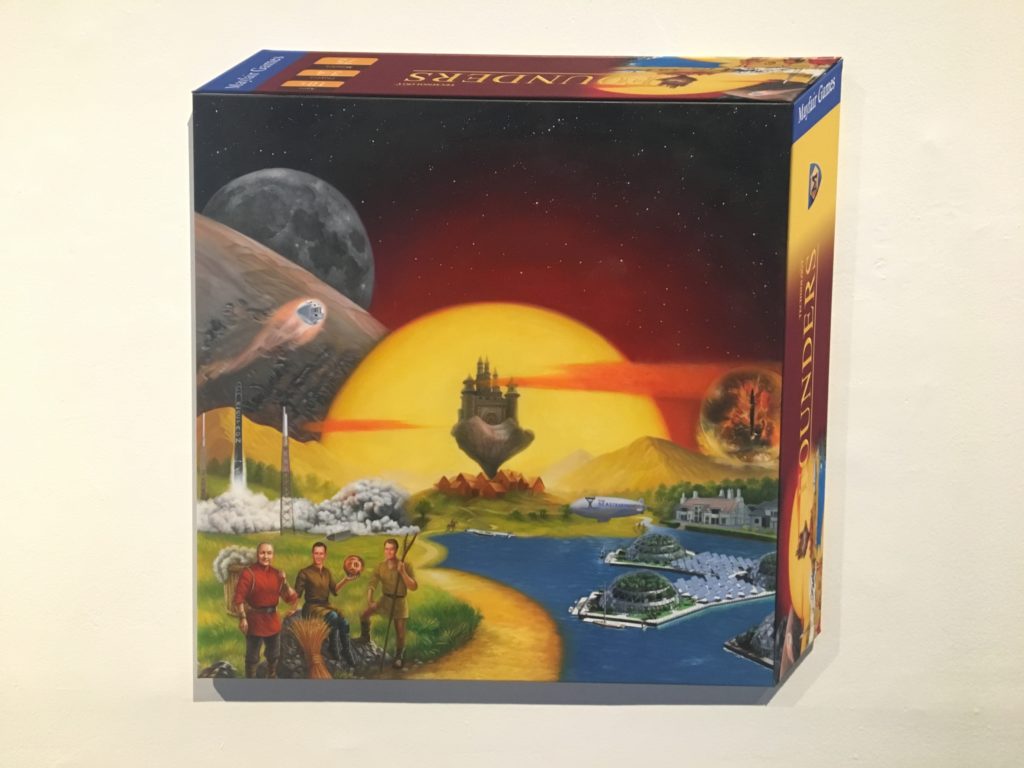
Simon Denny, Founders Board Game Display / Founders Rules (2017). Photo: Hili Perlson.

Simon Denny, Founders Board Game Display / Founders Rules (2017). Photo: Hili Perlson.

Martine Syms, Threat Model and Mythiccbeing, (both 2018). Photo: Hili Perlson.
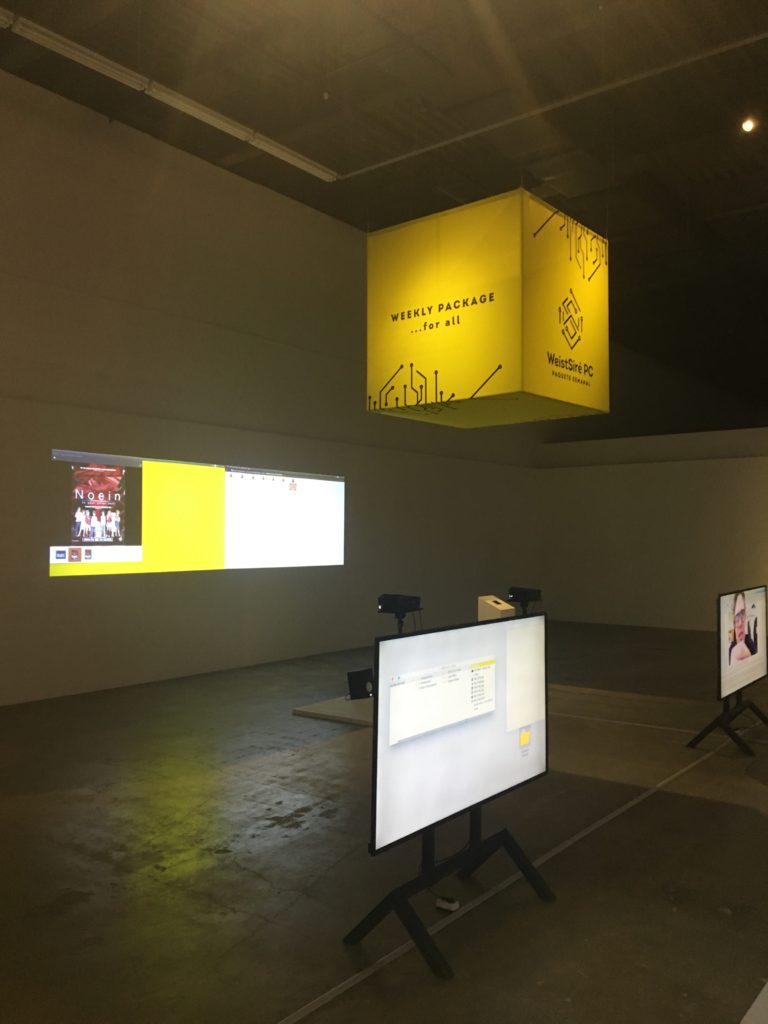
Julia West and Nestor Siré, ARCA (2016-17). Photo: Hili Perlson.

Lara Baladi, Arabic, Watch Out for Zuzu (2018). Photo: Hili Perlson.
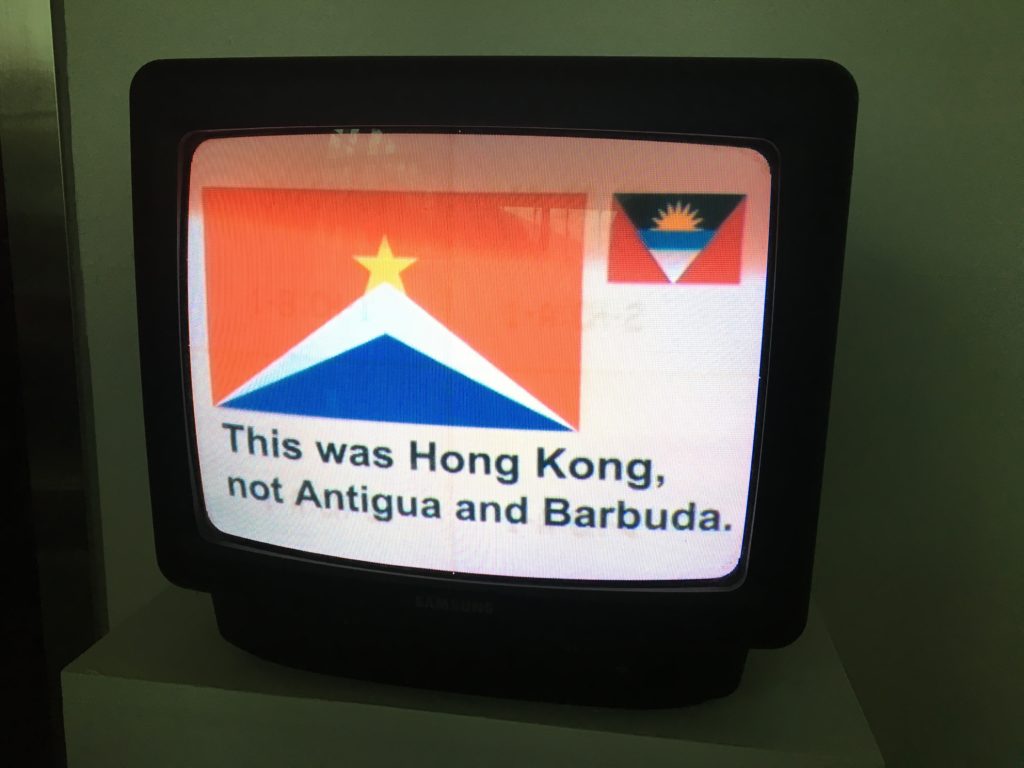
Luke Ching, Region of Failed Flags (2018). Photo: Hili Perlson.
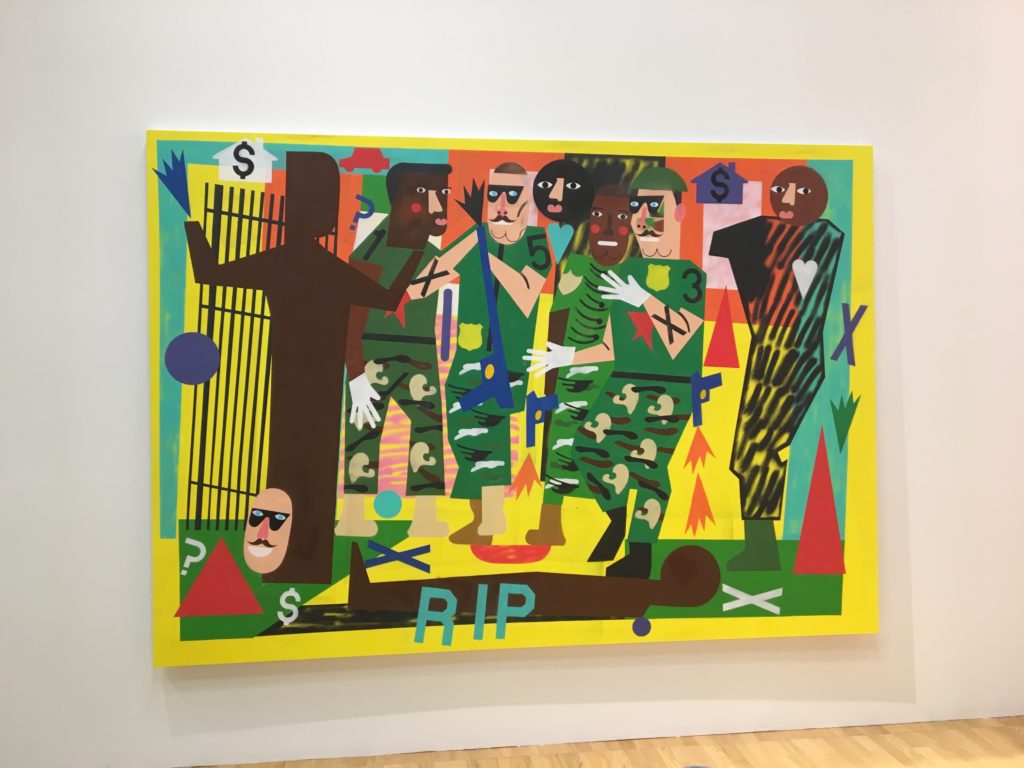
Nina Chanel Abney, Whatever it Takes (2018). Photo: Hili Perlson.
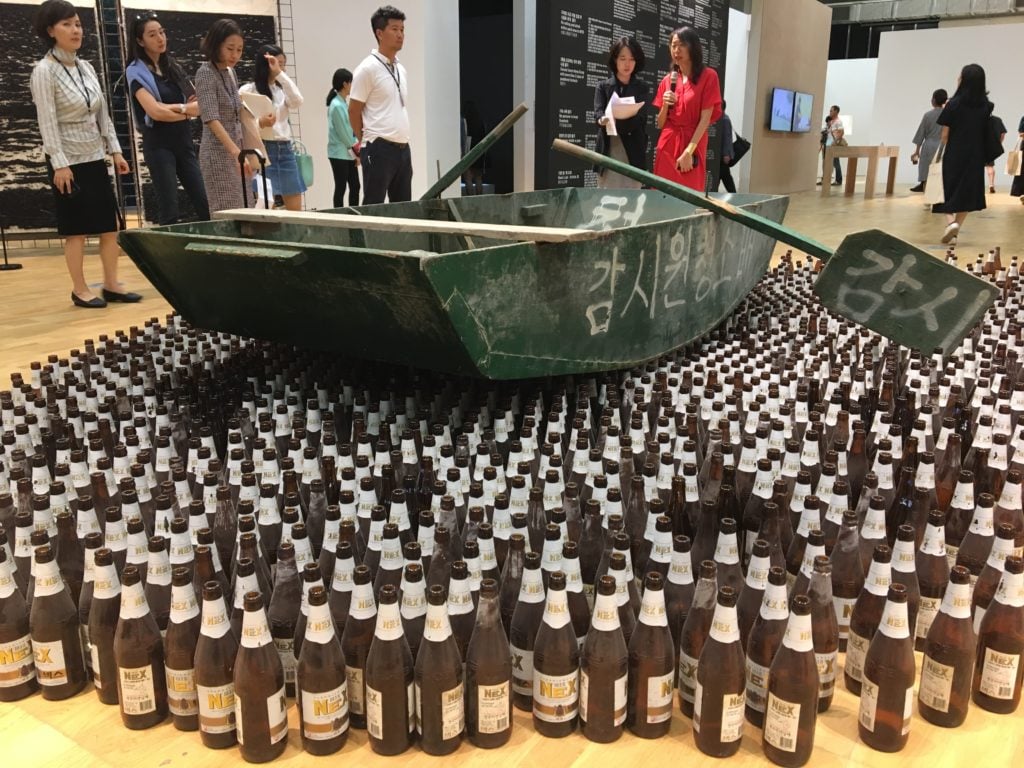
KCHO, Para Olvidar (1995). Photo: Hili Perlson.
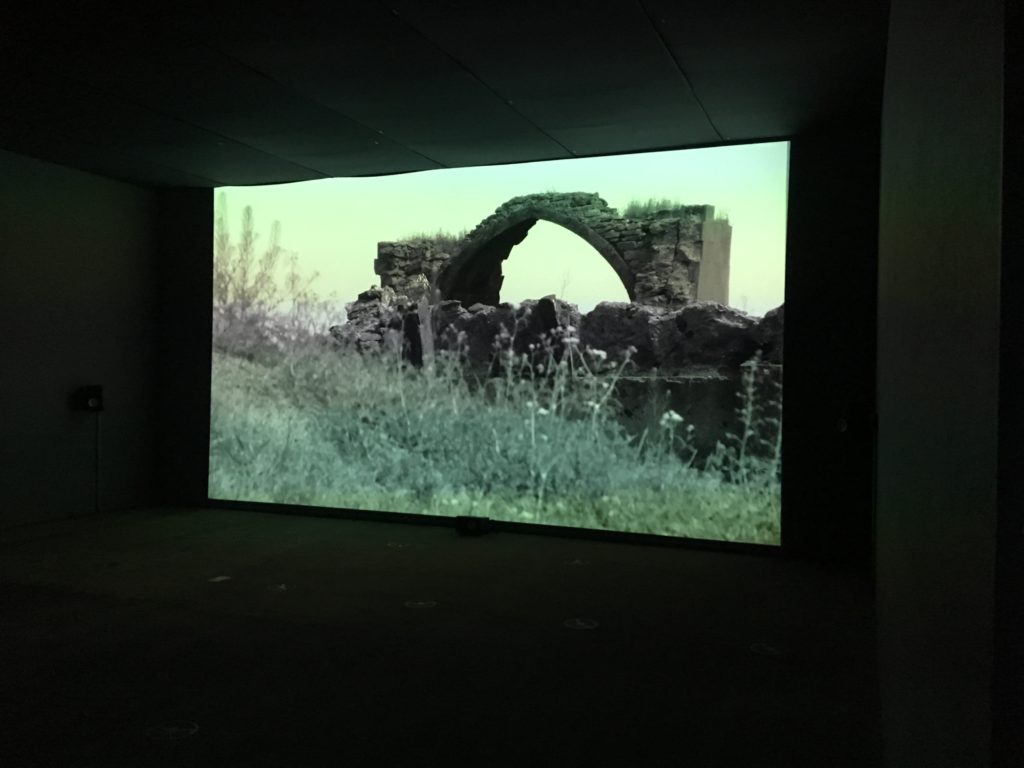
Francis Alys, The Silence of Ani, turkish / Armenian Border (2015). Photo: Hili Perlson.
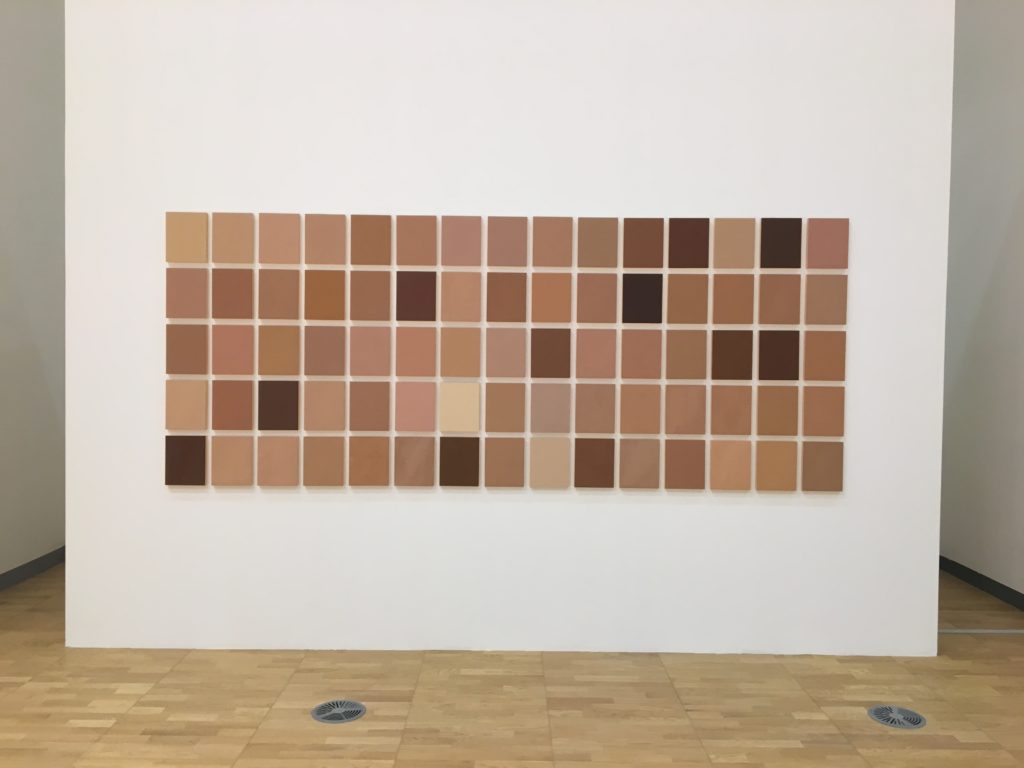
Byron Kim, Synecdoche (1991-present). Photo: Hili Perlson.

Nina Chanel Abney, Always Ready, Always There (2018). Photo: Hili Perlson.
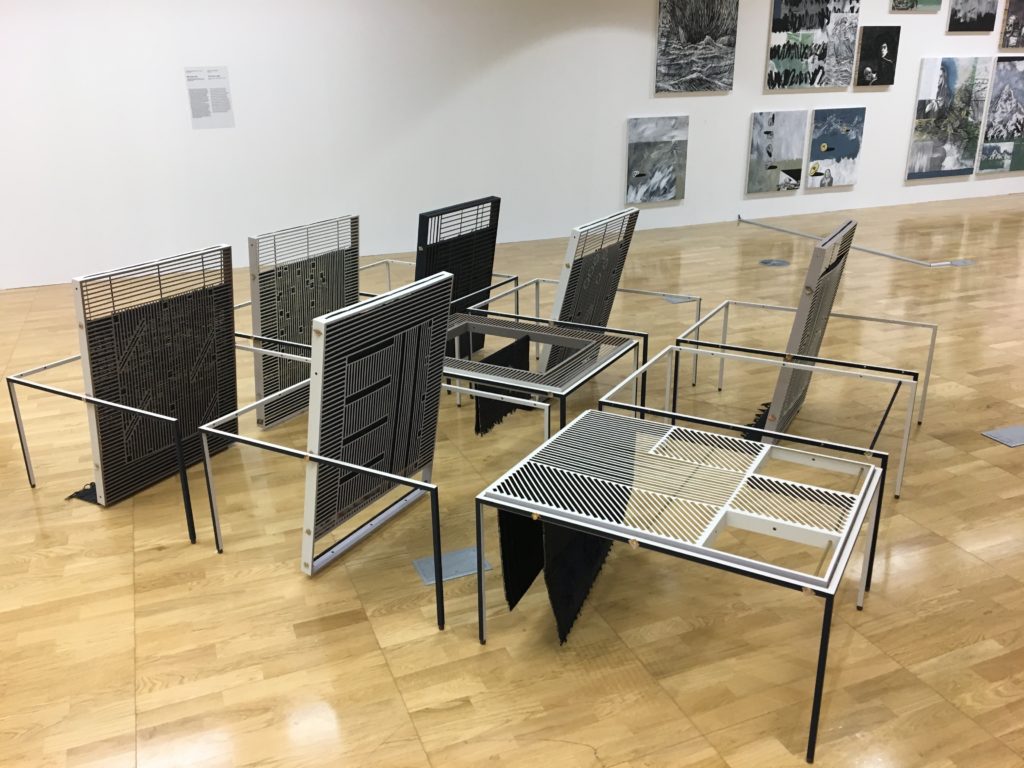
Suki Seokyeong Kang, Mat 61×81 (2018). Photo: Hili Perlson.

Jung Chanboo, Come into bloom, (2014-18) Photo: Hili Perlson.

Min Sung Hong, Playing with everyone: Symmetric imbalance (2018) (foreground). So Yun Kyoung, Combi (2014-18) (background). Photo: Hili Perlson.
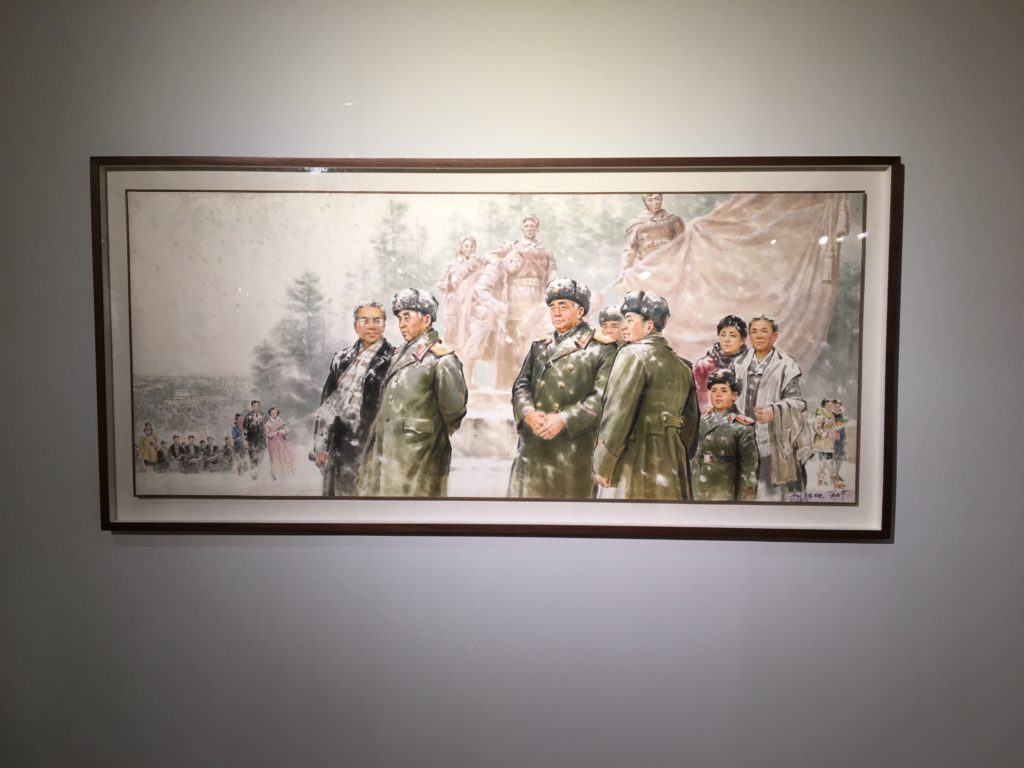
This section showcases the contemporary North Korean painting genre of „Chosonhwa,“ traditional ink wash painting on rice paper in the style of Social Realism.
The 12th Gwangju Biennale runs from September 7 through November 11, 2018.